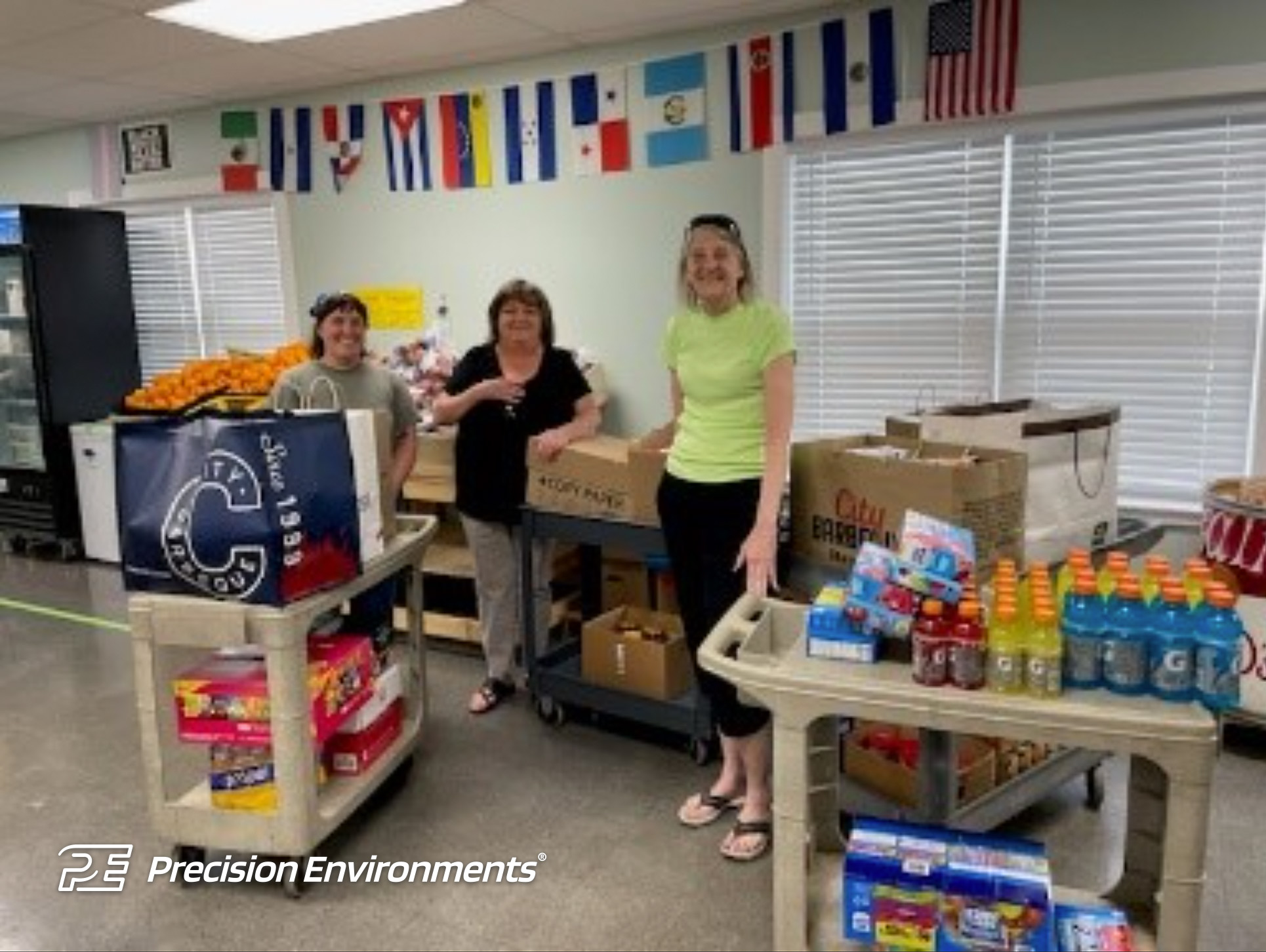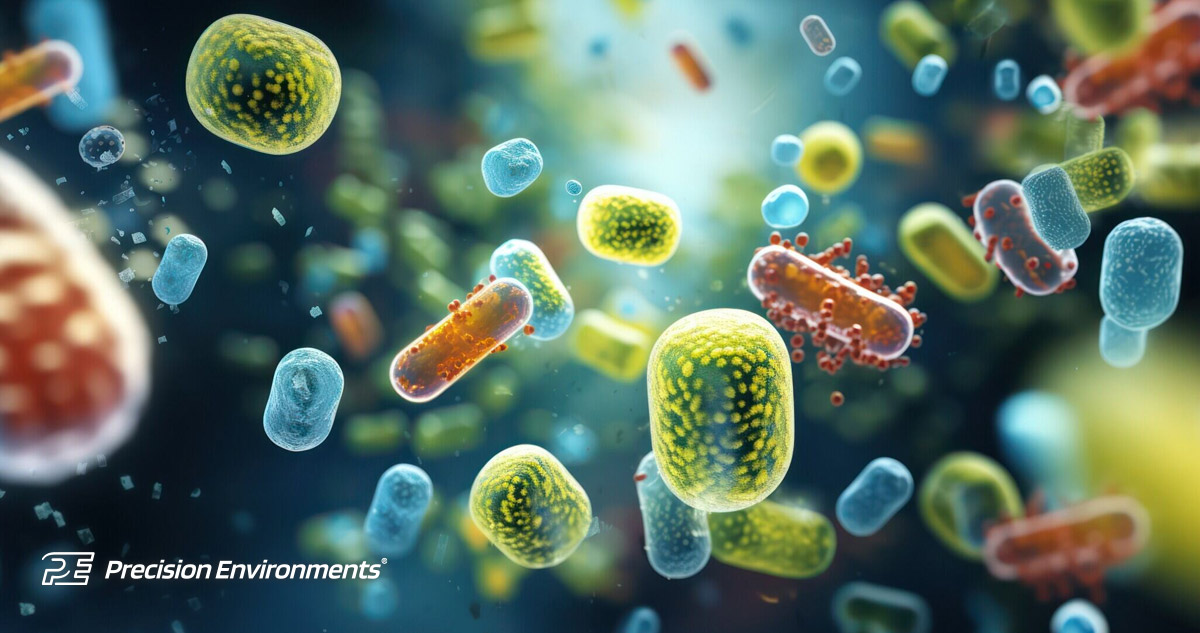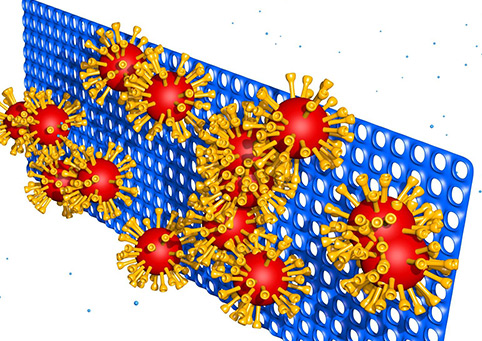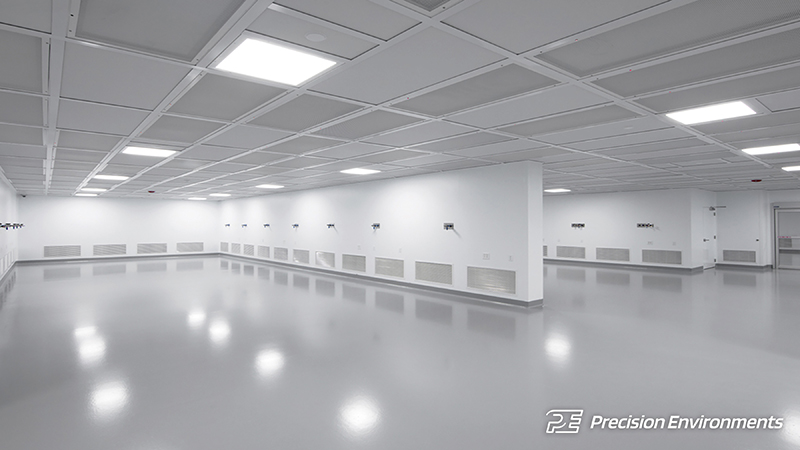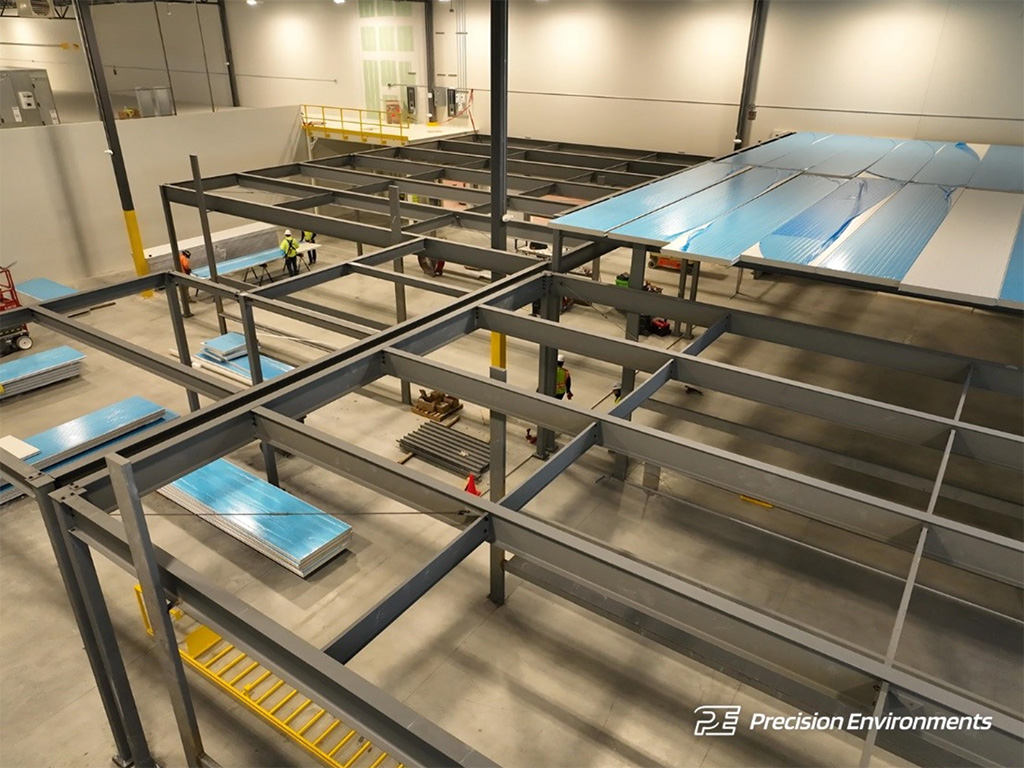What is the Process for Decontaminating a Cleanroom?
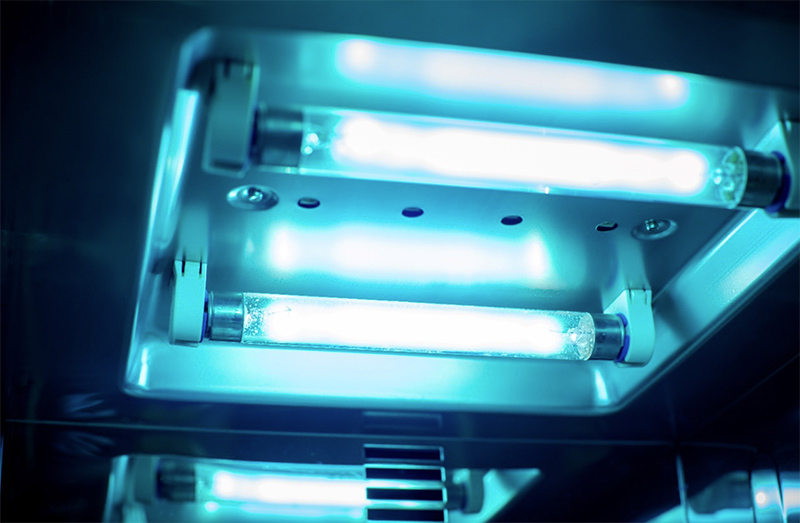
Cleanroom Decontamination Explained.
Cleanroom decontamination is a process that involves the removal of contaminants such as particulates, bacteria, and other impurities from a controlled environment where high levels of cleanliness and sterility are required. A cleanroom decontamination schedule should always be considered during the design phase of a new cleanroom project.
The process of decontaminating a cleanroom involves several steps to ensure the removal of contaminants and maintain the desired cleanliness levels. It’s important to note that the specific decontamination procedures may vary depending on the cleanroom’s size, design, and the requirements of the specific industry or regulatory bodies. It is crucial to follow industry best practices, manufacturer guidelines, and applicable regulations to ensure effective decontamination and maintain the desired cleanliness standards. Here is a general outline of the decontamination process:
The process for decontaminating a cleanroom
- Planning: Develop a detailed decontamination plan that includes the scope of the decontamination, equipment and materials needed, and specific procedures to be followed. This plan should consider the type and level of contamination present in the cleanroom.
- Clear the Cleanroom: Remove all personnel, equipment, and materials from the cleanroom. This step ensures that no one is exposed to the decontamination agents and allows for unobstructed access to all areas.
- Pre-Cleaning: Before initiating the decontamination process, perform a thorough pre-cleaning to remove any loose dirt, dust, or debris from surfaces. Use cleanroom-approved cleaning tools and solutions that do not leave residues or introduce additional contaminants.
- Decontamination Method Selection: Choose an appropriate decontamination method based on the cleanroom’s requirements and the type of contaminants present. Common decontamination methods include chemical decontamination, vaporized hydrogen peroxide (VHP) decontamination, ultraviolet (UV) light sterilization, or a combination of methods.
- Chemical Decontamination: Prepare the appropriate decontamination solution according to the manufacturer’s instructions. Apply the solution to surfaces, ensuring thorough coverage. Allow sufficient contact time for the decontamination agent to work effectively.
- VHP Decontamination: Seal the cleanroom to create an airtight environment. Introduce VHP gas into the cleanroom at specified concentrations using specialized equipment. Maintain the required VHP concentration for the recommended exposure time to ensure effective decontamination.
- UV Light Sterilization: Deploy UV light-emitting devices in the cleanroom to irradiate surfaces and destroy microorganisms. Ensure adequate exposure time and proper positioning of the UV devices for comprehensive coverage.
- Neutralization and Residue Removal: After the decontamination process, neutralize any remaining decontamination agents or residues as per the manufacturer’s instructions. Thoroughly clean all surfaces using approved cleaning solutions and procedures to remove any traces of decontamination agents or by-products.
- Post-Decontamination Verification: Conduct post-decontamination testing and monitoring to verify the cleanliness levels and ensure that the decontamination process was successful. This may involve air sampling, surface swabbing, or particle counting.
- Requalification and Re-Entry: Once the cleanroom passes the post-decontamination verification, requalify the cleanroom to its appropriate cleanliness classification. Allow adequate time for the cleanroom to stabilize before personnel and equipment are reintroduced.
- Proper Personnel Practices and Standard Operating Procedures: Cleanroom personnel play a crucial role in maintaining the cleanliness and sterility of the room. Strict protocols are required, such as wearing specialized cleanroom garments, using gloves, and practicing good hygiene.
By utilizing these and other decontamination methods, cleanroom environments can be efficiently maintained, ensuring the quality and safety of the products and processes within them.
Contact our Cleanroom experts to discuss your cleanroom flooring systems needs.

